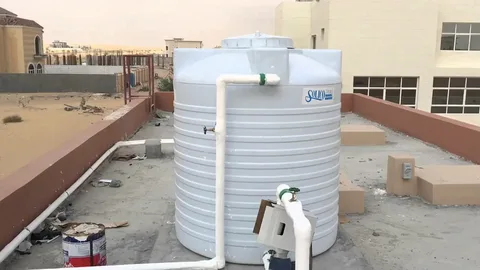In the realm of fire safety, few elements are as crucial as a well-maintained fire fighting water tank. These reservoirs serve as the backbone of firefighting efforts, providing a readily available source of water to combat blazes swiftly and effectively. Strategically placed within communities, industrial facilities, and commercial complexes, these tanks are meticulously designed to meet stringent safety standards and regulations. Whether installed underground or aboveground, their presence offers peace of mind, safeguarding lives and property against the ravages of fire.
A Robust Solution for Rapid Response
One of the primary advantages of fire fighting water tanks is their capacity for rapid response. In the event of a fire emergency, every second counts, and having a readily available water source can make all the difference. These tanks are engineered to store large volumes of water, ensuring an ample supply for firefighting operations. Coupled with advanced pumping systems and firefighting equipment, they enable first responders to swiftly contain and extinguish fires before they escalate, minimizing damage and potential loss of life.
Maintenance and Compliance: Ensuring Effectiveness
However, the effectiveness of fire fighting water tanks hinges on regular maintenance and adherence to safety protocols. From routine inspections to testing for water quality and structural integrity, diligent upkeep is essential to guaranteeing their reliability. Furthermore, compliance with regulatory standards is non-negotiable, as failure to meet these requirements can compromise their effectiveness in emergency situations. By investing in proper maintenance and compliance measures, stakeholders can uphold the integrity of these critical infrastructure components, preserving their lifesaving capabilities for years to come.
In conclusion, fire fighting water tanks represent a vital component of comprehensive fire safety strategies. With their capacity for rapid response and crucial role in firefighting efforts, these reservoirs are indispensable assets in safeguarding communities and infrastructure against the threat of fire. However, their effectiveness relies on diligent maintenance and adherence to regulatory standards. By prioritizing the upkeep of these essential lifelines, stakeholders can ensure their readiness to confront fire emergencies head-on, protecting lives and property with unwavering resilience.



